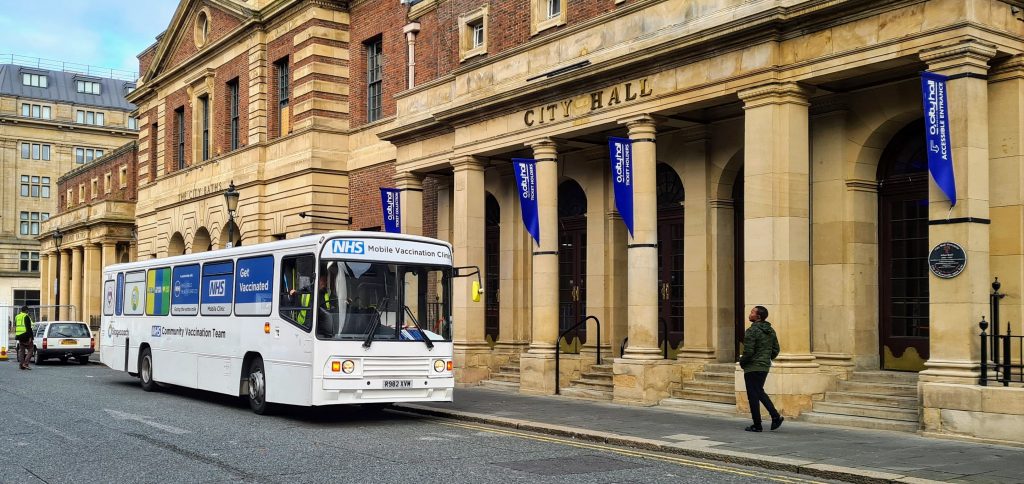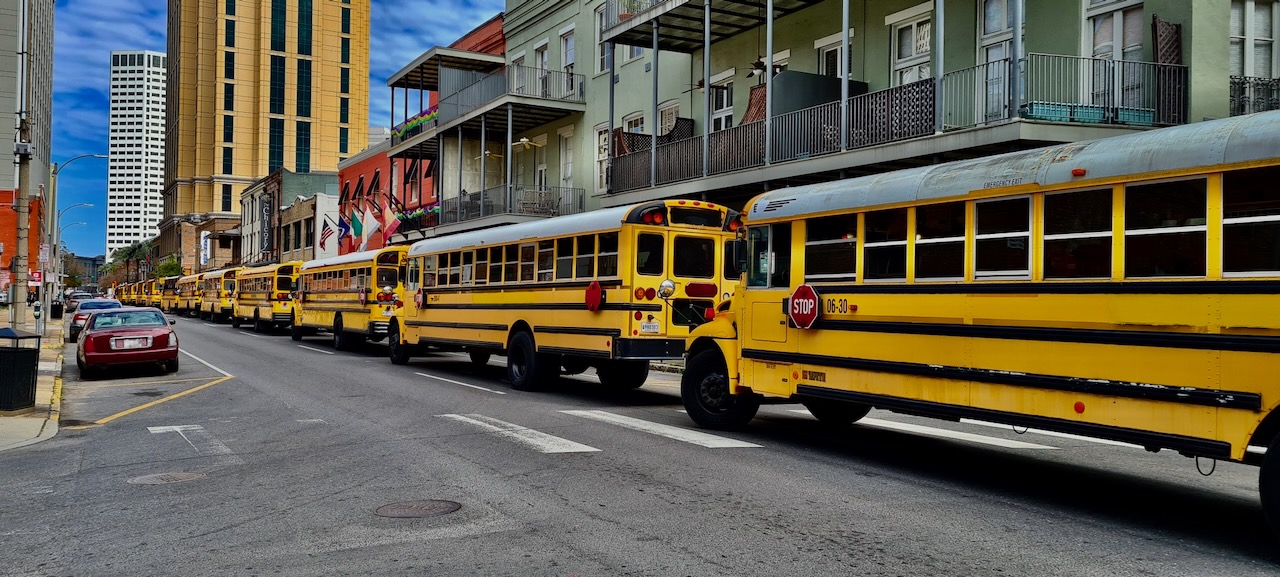In case you’ve not yet had a chance to engage with our interim project report, and we wholly encourage you to do so, we thought it may be helpful to distil some key findings from it here. The report focuses specifically on how arts practices in cities can be useful to future pandemic emergency preparedness and response.

In the report, we have identified five key emergency challenges that arts are already engaged in addressing:
1. Reach communities in and across a city.
2. Re-work city spaces for safe public access.
3. Engage local populations with key public health messages.
4. Manage perceptions of life during Covid and of vaccination.
5. Connect people to alleviate isolation.
In addressing these challenges our research finds that:
* Covid-19 has underlined the vital role arts practitioners play in identifying and responding to local and city challenges both creatively and at speed.
* The pandemic reveals, starkly, the lack of channels of communication between academics and professionals in the arts and in emergency and resilience management.
* To understand how the arts comprise pandemic response, we need to resist conventional and often simplistic definitions of arts practice.
* Arts venues offer strategic engagements with communities that can be beneficial to sustaining social distancing and communicating its importance at city level; this affords connections and relationships not always available to municipal structures. Emergency planning processes, policy and practice can account for this in pandemic planning and physical distancing strategy.
* ‘Signs don’t work’ but performative interventions in city spaces can. Artists can make strategic, local interventions into city spaces that enable communities to practice social distancing in more sustainable and sustained ways.
* City council emergency planning policy/strategy does not (generally) join up with cultural strategies, missing an opportunity for more nuanced understandings of places in emergency contexts.
* Performance can reveal how places work in the context of their urban politics, as experienced by people in those places; experiences which elude clear articulation in written texts such as, in this context, policy guidance.
* We need more properly to understand signs as cultural artefacts, as a critical part of the place in which they are situated, speaking to people who use that place. We thus we need to develop messaging that directly addresses those people, encouraging and enabling them to incorporate restrictions into their daily experiences and modes of being in the city.
There are more challenges and more means of response – we invite you to share your thoughts on this or examples of interesting cultural practice addressing the ongoing Covid-19 pandemic with us here.
The full interim-report can be found here.
Our Crisis Response Journal article can be found at https://www.crisis-response.com/Publisher/Article.aspx?ID=618551.
